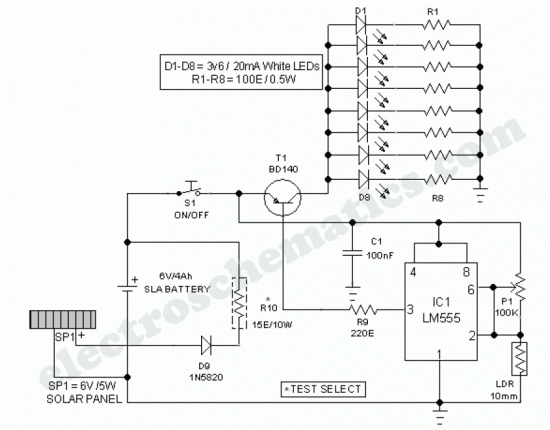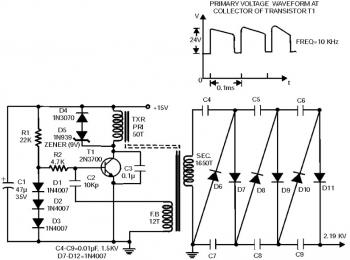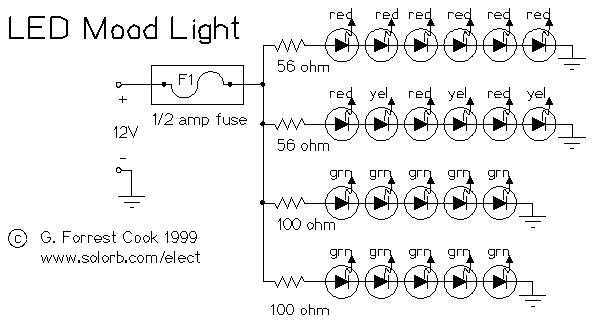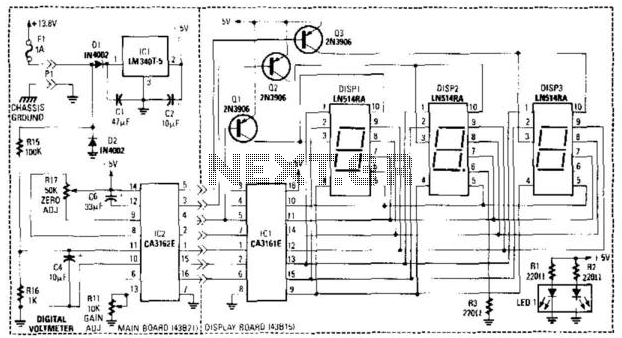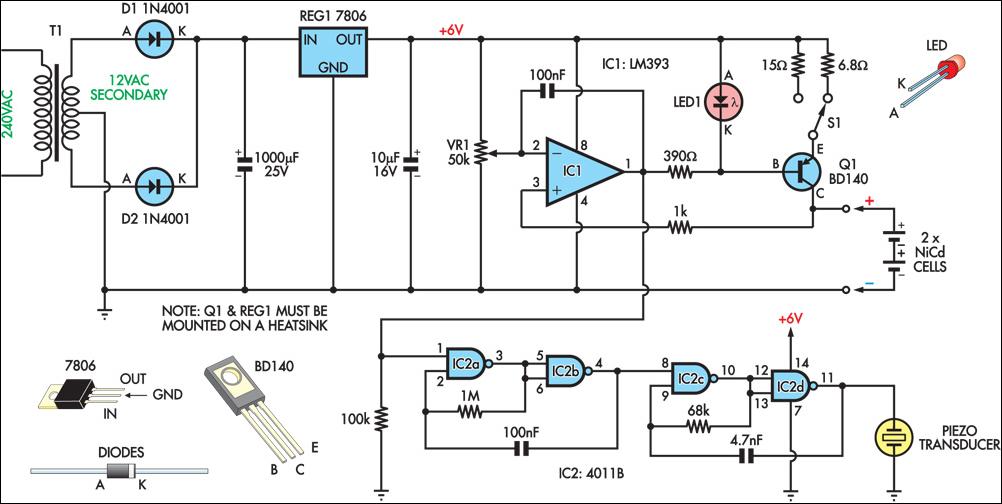
Voltage regulator for solar panel
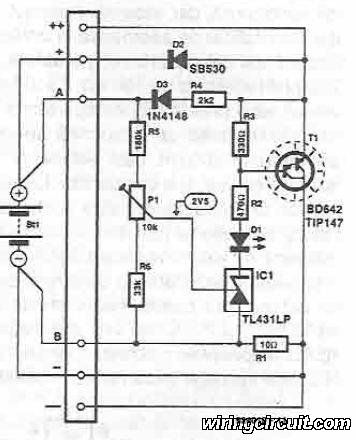
This voltage regulator for devices that utilize solar cells is straightforward and requires only a few electronic components. When a rechargeable energy storage device is employed, the voltage regulator circuit facilitates charging when the output voltage of the cell is...
The voltage regulator circuit designed for solar cell applications typically consists of a few essential components, including a voltage regulator IC, capacitors, diodes, and a rechargeable energy storage device such as a lithium-ion or lead-acid battery. The primary function of this circuit is to ensure that the output voltage remains stable despite fluctuations in the input voltage from the solar cells, which can vary due to changes in sunlight intensity.
The voltage regulator IC, often a low-dropout (LDO) type, is responsible for maintaining a consistent output voltage. It achieves this by comparing the output voltage to a reference voltage and adjusting the resistance to keep the output within the desired range. Capacitors are used at both the input and output of the regulator to filter noise and provide stability to the circuit, ensuring smooth operation.
Diodes may be included in the design to prevent reverse current flow, which could discharge the energy storage device back into the solar cells during low light conditions. This is particularly important for preserving the charge stored in the battery.
When the output voltage from the solar cells exceeds the battery's voltage, the regulator circuit allows for charging the energy storage device. This process is critical for applications where continuous power supply is needed, such as in remote sensors or off-grid power systems. The circuit must be designed to handle the maximum current output of the solar cells to prevent damage and ensure efficient charging.
Overall, this voltage regulator circuit is an efficient solution for managing power from solar cells, providing a reliable means of charging energy storage devices while maintaining a stable output voltage for connected loads.This voltage regulator for devices that use solar cells is very simple, require few electronic components. If using a rechargeable energy storage device as a voltage regulator circuit provides charging when the output voltage of the cell is..
🔗 External reference
The voltage regulator circuit designed for solar cell applications typically consists of a few essential components, including a voltage regulator IC, capacitors, diodes, and a rechargeable energy storage device such as a lithium-ion or lead-acid battery. The primary function of this circuit is to ensure that the output voltage remains stable despite fluctuations in the input voltage from the solar cells, which can vary due to changes in sunlight intensity.
The voltage regulator IC, often a low-dropout (LDO) type, is responsible for maintaining a consistent output voltage. It achieves this by comparing the output voltage to a reference voltage and adjusting the resistance to keep the output within the desired range. Capacitors are used at both the input and output of the regulator to filter noise and provide stability to the circuit, ensuring smooth operation.
Diodes may be included in the design to prevent reverse current flow, which could discharge the energy storage device back into the solar cells during low light conditions. This is particularly important for preserving the charge stored in the battery.
When the output voltage from the solar cells exceeds the battery's voltage, the regulator circuit allows for charging the energy storage device. This process is critical for applications where continuous power supply is needed, such as in remote sensors or off-grid power systems. The circuit must be designed to handle the maximum current output of the solar cells to prevent damage and ensure efficient charging.
Overall, this voltage regulator circuit is an efficient solution for managing power from solar cells, providing a reliable means of charging energy storage devices while maintaining a stable output voltage for connected loads.This voltage regulator for devices that use solar cells is very simple, require few electronic components. If using a rechargeable energy storage device as a voltage regulator circuit provides charging when the output voltage of the cell is..
🔗 External reference
